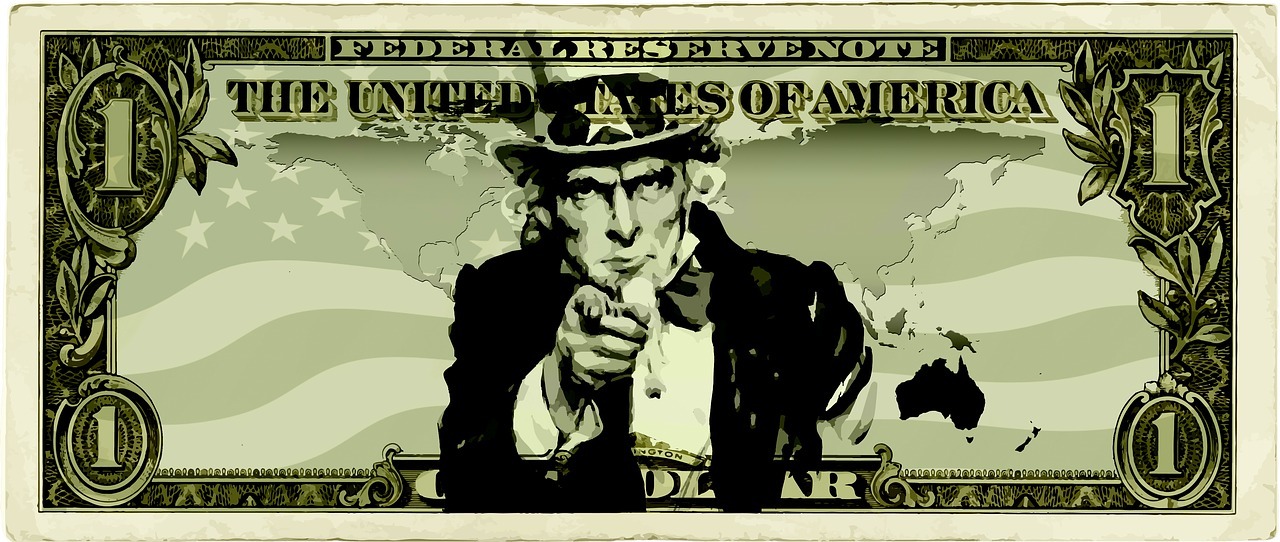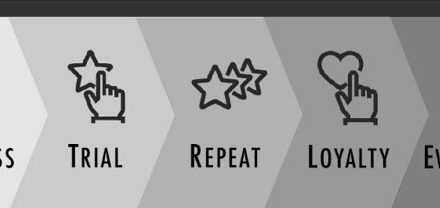By William J. Lynott
Business is tough in this economy, and it could get tougher. In times like these, every customer becomes a critically important asset you can’t afford to lose.
Over the years, marketing studies have consistently shown that the cost of finding new customers is about five times the cost of retaining old customers—and finding new customers these days is more costly and more difficult than ever. Obviously, keeping old customers coming back, especially in this turbulent economy, should be a permanent part of your marketing program.
Put simply, satisfied customers and their referrals are the foundation for the continued health of your store. If that foundation is allowed to erode, your business is headed for certain trouble. With this in mind, here are six powerful ways to help you to hang on to your existing customers—and to make them keep coming back.
1. Make Customer Satisfaction Your Hallmark
Customer satisfaction is the least expensive, most powerful marketing weapon available in the retail world. Nothing will build loyalty faster than happy customers bragging to their friends about their pleasant experience shopping with you—and nothing will eat away at your business more relentlessly than unhappy customers complaining about you in person and social media networks.
“Some retailers tend to live in the moment, particularly when dealing with a difficult customer,” says Christopher Simmons, president of Neotrope®, a business marketing firm based in Torrance, Calif. “By focusing on the long-term, and making the customer happy ‘right now,’ you plant the seeds for a long-term relationship. Adhering to inflexible policies can backfire in building relationships. Flexibility in customer relations is essential in building long-term customer loyalty.”
Yes, it sometimes takes both time and money to resolve a customer complaint and it can be especially trying when you feel the complaint is not justified. Maybe it was your mistake, maybe it wasn’t. However, the point to remember is the dollars spent resolving a complaint are marketing dollars—arguably the most effective customer-loyalty dollars you can spend.
2. Your Customer List: Treasure Your Most Valuable Asset
You are capturing the name and mailing address of every one of your customers into a flexible computer database, aren’t you? If not, you should begin today. In time, you will come to appreciate the value of your effort.
The task of collecting and managing your list doesn’t need to be time-consuming or difficult. For a small retailer, a simple way to keep track of customers is with a spreadsheet program such as Microsoft® Excel® or a simple database program. “If you make a separate entry for each customer with their name, address, and other pertinent information, you’ll be able to tell at a glance who your best customers are and who you haven’t heard from lately,” explains Simmons. If your record-keeping needs grow along with your business, data from your simple list can easily be imported into a more elaborate database manager.
Most people prefer to do business with companies they know. That’s why your list of customers is a priceless commodity. Even if you use your customer list for nothing more than an annual postcard reminder, it can be one of your most valuable customer-loyalty tools. And it can easily be more than that. During slow times, a postcard listing of all your services and products can bring in extra business while you cement the loyalty of your present customers.
Bob Crawford, director of marketing for Sprint® Business Solutions adds this advice: “Use each contact with the customer to learn more about them. Then, be sure to capture that information so you can use it to create better offers for them next time.”
3. Decide to Never Lose a Customer to a Competitor
Remember what we covered earlier: On average, it costs five times as much for a business to find a new customer than to keep an old one. You should focus on the significance of that statement. It is one of the most powerful concepts in the world of business.
You don’t need to be reminded that there are lots of competitors ready and anxious to snatch your customers away from you. Armed with that knowledge and your awareness of the cost of replacing a lost customer with a new one, it should be easy for you to understand the importance of never giving a customer a reason to stray.
Once a new customer visits you for the first time, you’ve done the hard part. Now your job is to instill the notion that doing business with you will always be a satisfying experience. You and your employees must never lose sight of the fact that developing a new customer is a costly and difficult job.
Once a stranger “crosses your threshold,” a major part of your overall marketing program must be centered on ways to make sure he or she never has reason to leave you for a competitor. What problems are most likely to cause customers to default to a competitor? Crawford offers these five potential pitfalls:
• Not knowing your customers and their needs
• Treating customers like numbers and lacking a personal touch
• Failing to communicate with customers to keep them engaged
• Not answering the telephone promptly and pleasantly
• Ignoring customer issues/concerns
4. Set Your Business Apart
America’s most successful entrepreneurs, gigantic or tiny, are those who have carefully developed a unique identity. Your job is to evaluate your strengths and then combine them to form that identity—an identifiable image for you and your store.
Perhaps you’ve been in business longer than your nearest competitors have. Or maybe you or your employees have a special knack for engaging customers. Or perhaps you have a long and impressive list of exclusive offerings. Whatever your marketable strengths, you should write them all down, study them, and then determine how to separate yourself from your competitors, how to motivate potential customers to seek you out, and how to make existing customers feel fortunate to have access to your store.
Once you’ve sold yourself and your employees on why you are the best choice for customers who require the utmost in dependability and service, you must focus your marketing efforts on ways to promote this image to both current and prospective customers.
5. Never Break a Promise
Arguably, there is no easier way to alienate a customer permanently than breaking a promise. “Keeping your promises is a vital part of solid customer relations,” says Simmons. “If you tell a customer you will have a special order filled by a certain time, you must do everything you possibly can to fulfill that promise.”
Surveys show broken promises are always among the most prominent reasons why customers abandon a business. You probably know from your own experience just how frustrating it can be when a business breaks a promise to you. Should you find yourself in a position of having to break a promise, always contact the customer as soon as you learn about the problem. An early explanation and a sincere apology will go a long way toward easing the customer’s frustrations.
6. Go the Extra Mile
You may not have thought about it this way, but a complaint from a customer can actually be turned into a valuable asset. Some years ago, a major retail marketing study revealed customers whose complaints were satisfactorily resolved became better customers of the company than they were before the incident that triggered the complaint.
Some of the most successful companies in the world have been built on a foundation revolving around the principle that customer complaints provide a valuable opportunity to build the business. When L.L. Bean, founder of one of the world’s most successful catalog order firms, was just starting out, he suffered what could have been a disastrous setback. Shortly after he began shipping his first waterproof, handmade boots, complaints that the boots leaked came in from customers. Determined to fulfill his promise of customer satisfaction, Bean returned the full purchase price to every customer before setting out to correct the flaw in the boot’s design. That was the beginning of the customer loyalty that helped make L.L. Bean what it is today.
Sometimes satisfying a customer complaint calls for measures you may feel are unreasonable. When that happens, think of the cost in time and money as an investment into your future.










